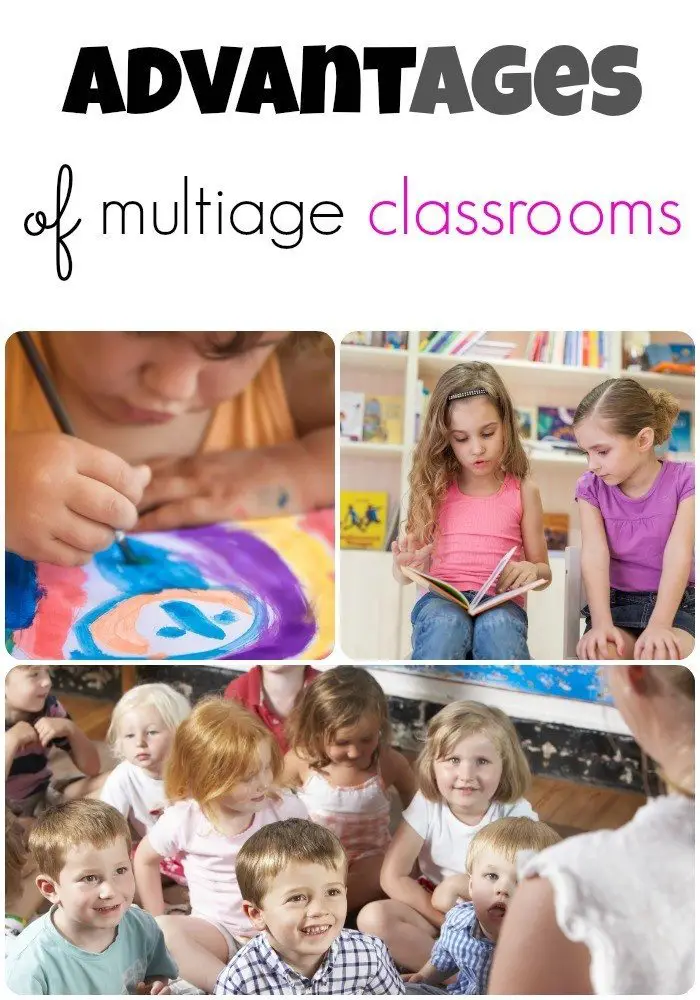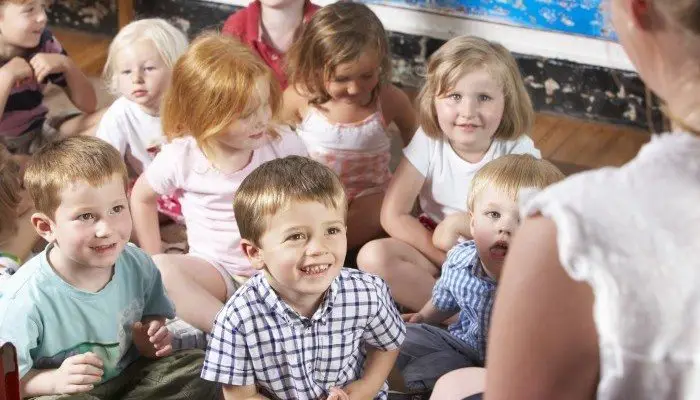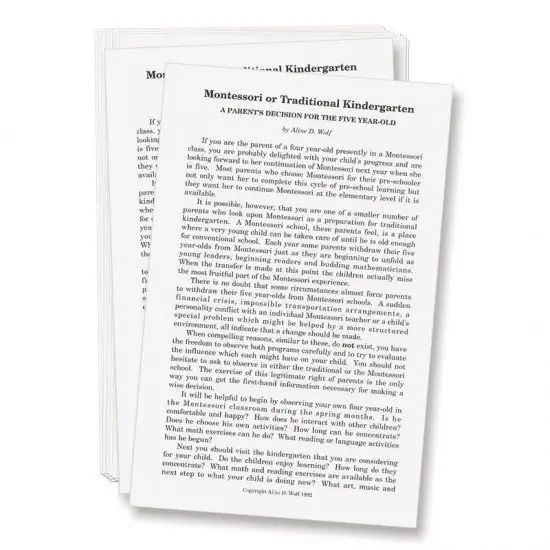The top question I hear from parents and friends is about multi-age classrooms. This concern is genuine and ripe out there in the parenting world. Multi-grade classrooms have always made sense to me. Teaching and learning aren’t about a specific age, it is about a pace and a stage of development.

There are overlaps and discrepancies across a variety of learning areas over a range of ages. That seems common sense to me, however, having multiple-grade classrooms make parents nervous. So, it seems a change in mindset needs to happen.
In the meantime, since I do hear this question a lot, I thought I’d write up a few ideas for you to ponder either on your quest as a parent or on your quest to educate parents.
What is a multi-grade classroom?
Quite simply, a multi-grade or multi-age classroom is an environment with two or more ages or grades. Dr. Montessori pioneered this concept over one hundred years ago. Early childhood Montessori classrooms include age groupings from 3 to 6 years old. The children remain with one directress and one set of students (for the most part) for a three-year cycle.
Dr. Montessori noticed children of various ages work, play, and socialize well. In addition, since children develop at different paces and with different natural skill sets, bringing these kids together assists the development of all involved. For example, an older child gives a lesson to a younger child, or an older child demonstrates that he, too, is still learning.
Grouping students in this way still allows for a child-centered environment.

Advantages of Multi-Age Classrooms
Leadership Opportunities
Often parents worry that the younger children in a multi-age classroom will distract the teachers and take attention away from the older children. This is not the case. Older children benefit from the ability to lead younger children.
Leading, whether in guiding a new student or giving a bit of attention to a younger student who may be having a difficult time away from his parents, is a necessary experience for a young child. These “soft” skills are vital in the emotional and social development of the child.
As you can see, integrating this leadership mindset into the classroom shifts teaching strategies. There is not so much lecturing as there is group work.

Academic Opportunities
Many parents worry that if their child is the oldest in the multi-grade classroom, he will not be academically challenged. In multiage classrooms, teachers engage older children to “give” lessons to younger children.
Younger children are encouraged to observe the older child’s more advanced work. Older children benefit from the ability to teach. Teaching ingrains a concept.
Older children model more sophisticated, complex problem-solving and critical thinking. So, younger children can develop skills without the guidance of an adult teacher. In other words, if it weren’t for the older child, the younger child would likely have to seek, or rely on, the adult. So, the younger child develops independence and feels secure about his capabilities.

Same Teacher, Same Classroom
The child and her teacher can genuinely get to know and trust one another over the years. The child becomes intimately familiar with the environment and begins to understand himself as a learner and as a person in the world. The classroom community is solid and family-like in the children and teachers supporting and caring for one another.
Child Develops at his Own Pace
The “five-year-old” who isn’t reading yet is not labeled as “behind” in a multiage classroom. He can develop at his own pace and within the range of typical development (3 to 6 years old for language, for example) without feeling inadequate.
The child has years to develop, rather than a shorter amount of time under loads of pressure, allowing the child to progress and succeed according to his ability. The child sees himself as a unique individual able to learn as he needs to know.

Child-Led Learning Environment
A child in a multi-age classroom can develop over time within a supportive community according to his ability. As a result, he can lead his learning. He can take control of his education, to own it.
The result is a lifelong love of learning. The child discovers reading, writing, math, science, geography, etc. That is powerful.
What do you think?
Marnie
